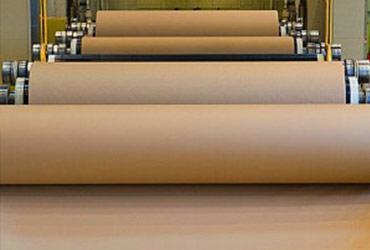How Are Chromium Oxide Coatings Utilized In The Medical Industry?
Chromium oxide coatings are used in numerous industries. However, the medical industry in particular needs these coatings and uses them on a regular basis. We’re going to examine plasma chromium oxide coatings and then explain why they are so beneficial to the medical industry.
Plasma Chromium Oxide Coatings
The anti-galling and self-mating properties of this particular type of coating are only the beginning of its many benefits. Thanks to the thermal spray process used for its application, a plasma chromium oxide coating is wear-resistant, dense, and hard.
“Black oxide coatings” is another term used for chromium oxide coatings. For the application of these coatings, the processes most frequently used are:
- Ceramic-based feedstock
- Power combustion thermal spray
- Powder feedstock
- Plasma electric arc
These coatings and the procedures by which they are applied can be custom tailored to fit the specific needs of an industry. Keep in mind that these coatings are also are effective surface sealers, which increases their usability exponentially.
In industries other than the medical field, chromium oxide coatings are used to specifically protect against wear by cavitation, particle erosion, hard surfaces, and abrasive grains. They are used in situations where temperatures below 1000°F (540°C) are present.
The Coating Features of Chromium Oxide
Four basic features are attributed to chromium oxide coatings and therefore remain the four biggest reasons for using them. These properties are as follows:
- Antireflective
- High chemical resistance
- Superb abrasion resistance
- Superior wear resistance
Industrial applications that make frequent use of chromium oxide coatings include the following:
- To protect bearings from long wearing surfaces
- For the improvement of wear and abrasion resistance
- For the enhancement of various kinds of seals
- To seal surfaces on equipment such as that used in food processing
Chromium Oxide Coatings In the Medical Industry
Orthopedic implants in particular receive chromium oxide coatings because the coatings virtually eliminate the risk of chromium ion release into the patient.
Adverse health effects were occurring in patients that had hip replacements involving metal on metal. Corrosion was determined to be the cause of the implant failure because it released ions/wear debris into the patient. Inflammation, pain, and pseudo-tumor formation was being experienced by these unfortunate individuals. By using coatings that were biocompatible and contained the mechanical properties and corrosion resistance that chromium oxide coatings offered, the problem was rectified.
The use of protective coatings on objects that are implanted in the human body also helps discourage rejection. Very often, when a foreign body is introduced to the human body, the human body’s system works against it to destroy or eliminate it – thereby rejecting it. But with the use of coatings such as chromium oxide, rejection can be effectively guarded against.
Protective Coatings in the World of Healthcare
There are, of course, other uses for protective coatings in the healthcare world in addition to orthopedic implants. There are also various coatings that may be used in addition to chromium oxide. Depending on the need or the implant, the following are some demands that must be met concerning protective coatings in today’s medical industry:
- Corrosion resistance
- Conductive/dielectric resistance
- Low friction
- Hydrophobic/Hydrophilic
- Nonstick
- Wear resistant
A&A Coatings works with numerous companies and has been at the top of the industry for 70 years. During that time, our research and development has assisted in the discovery and wide use of incredible new coatings such as the chromium oxide type used in the medical industry today. Contact us today if you have questions or would like more information.



